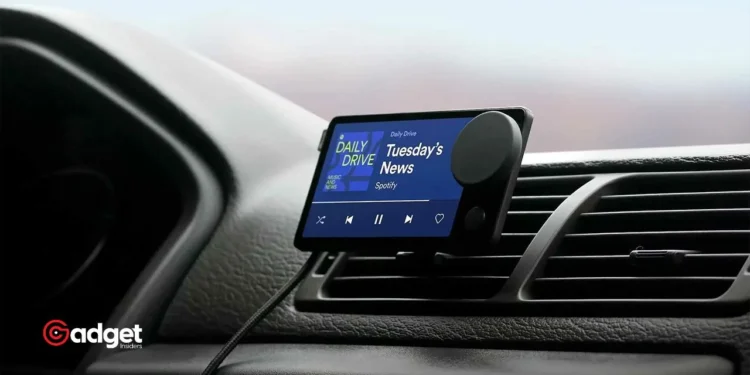When Spotify unveiled Car Thing, it wasn’t just launching a new product; it was making a bold attempt to carve a niche for itself in the automotive tech industry. The idea was simple yet ambitious: to bring Spotify’s streaming service to older vehicles lacking modern functionalities like Android Auto or CarPlay. Designed to mimic the familiar interface of Spotify’s mobile app, Car Thing was equipped with user-friendly buttons and a compact design, making it an appealing option for music lovers on the road.
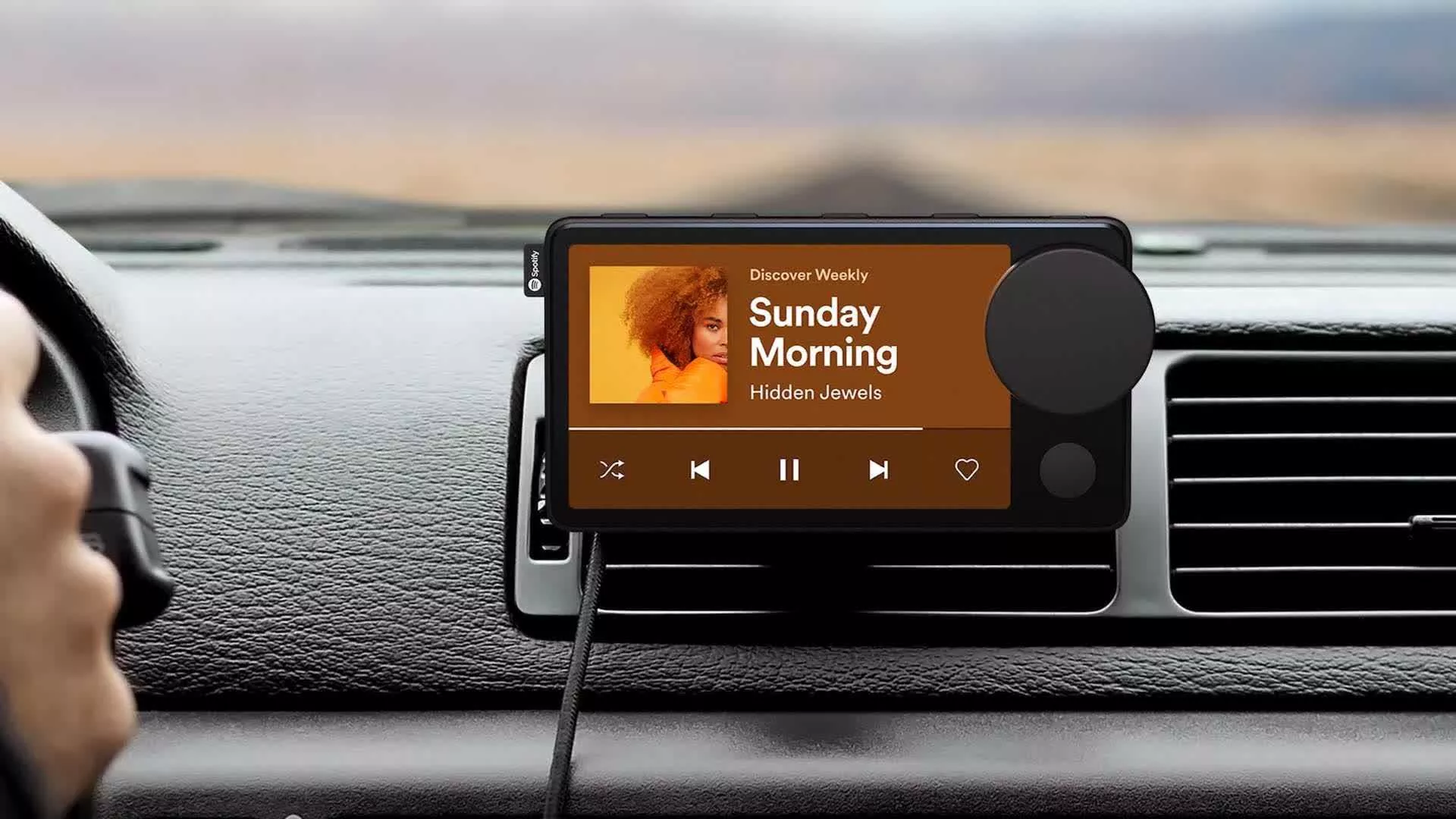
High Hopes vs. Harsh Realities
Despite its potential, Car Thing’s journey was rocky from the start. Priced competitively at half the cost of a basic Android Auto or CarPlay receiver, Spotify aimed to make Car Thing an attractive alternative. However, the device struggled to resonate with its target audience. Consumers found little value in a gadget that restricted them to a single app, especially when their smartphones already offered a more versatile and familiar experience via a simple Bluetooth connection.
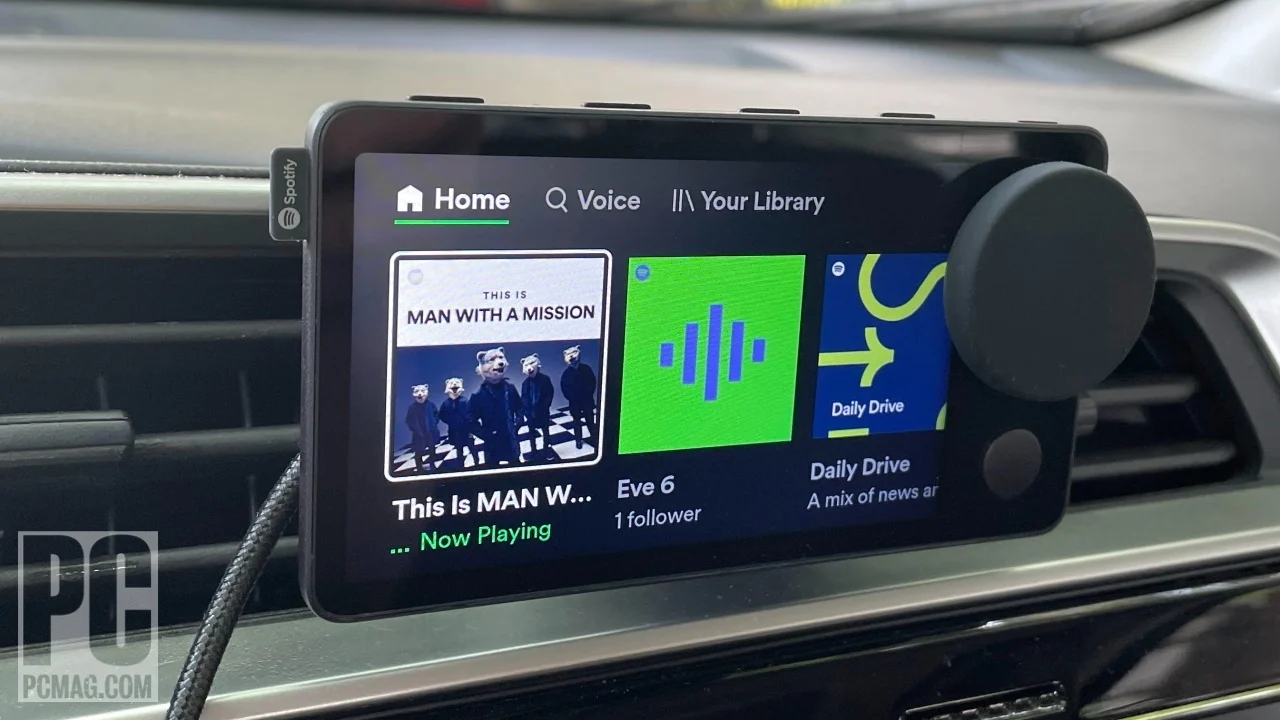
A Misstep in Product Retirement
As the dust settled, the demise of Car Thing was marked not by a graceful exit but by a series of missteps. Spotify decided against offering refunds or opting for open-source solutions, despite a vocal portion of the community expressing interest in continuing the device’s development. This decision only added to the frustrations of those who had invested in Car Thing, leaving them with a gadget soon to be as functional as a paperweight by December.
The Unexpected Aftermarket Buzz
In an ironic twist, the failure of Car Thing has spawned a bizarre aftermarket scenario. Scalpers have seized the opportunity to capitalize on the device’s end-of-life announcement, with prices soaring to as much as $200—over double its original selling price. Curiously, instead of outrage, there’s a burgeoning demand on platforms like eBay, where sealed units of Car Thing are fetching high bids, despite the looming shutdown of its functionalities.
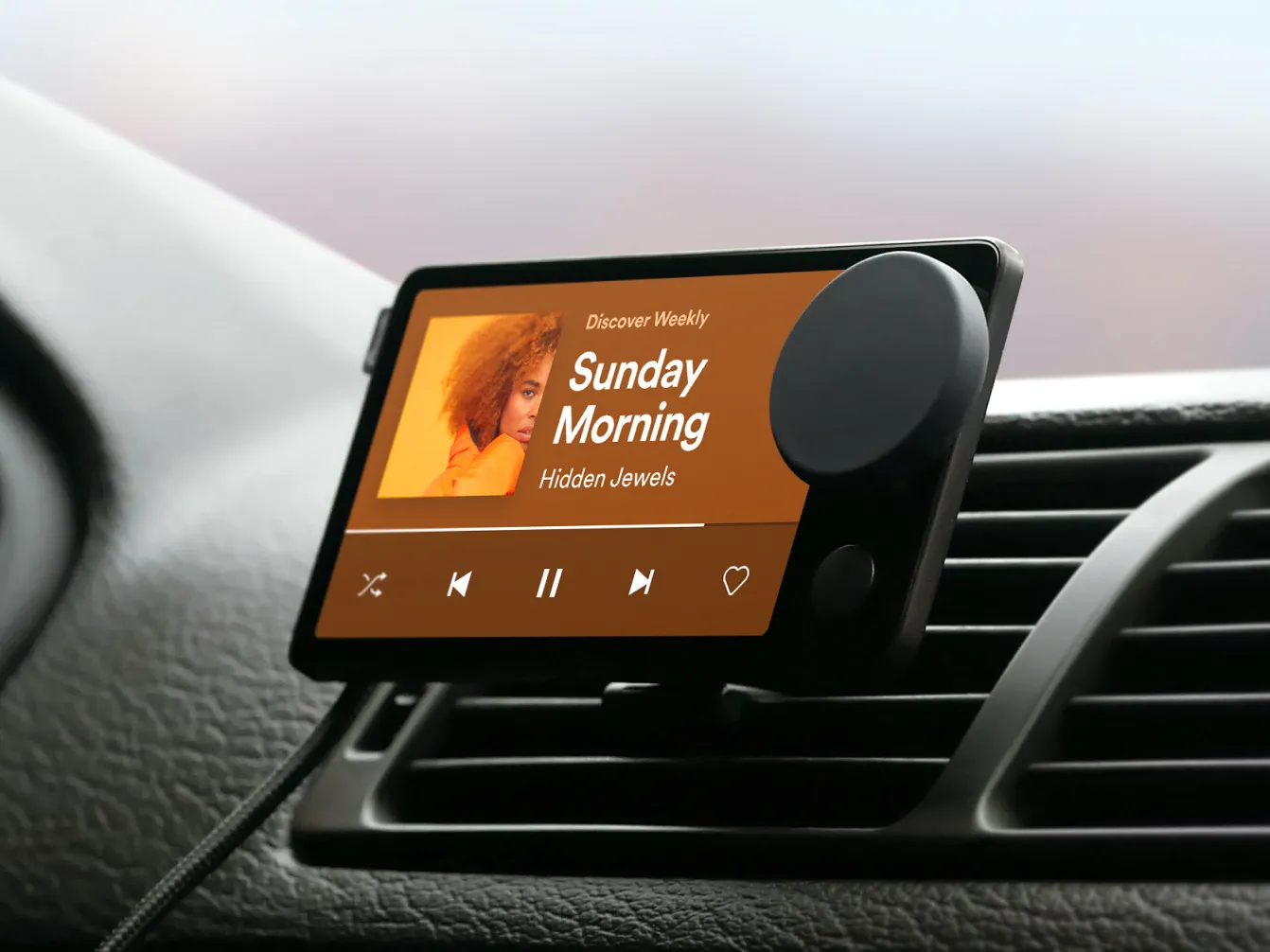
The Lesson for Spotify
This unexpected turn of events highlights a peculiar aspect of consumer behavior and market dynamics. Even a product deemed a failure can find a second life if there’s a perceived value or novelty. For Spotify, this situation presents a unique opportunity to reflect on its strategy and perhaps reconsider the community’s call to open-source Car Thing. Such a move could not only mend fences with disappointed customers but also foster goodwill and community engagement, potentially turning a failed experiment into a cult favorite.
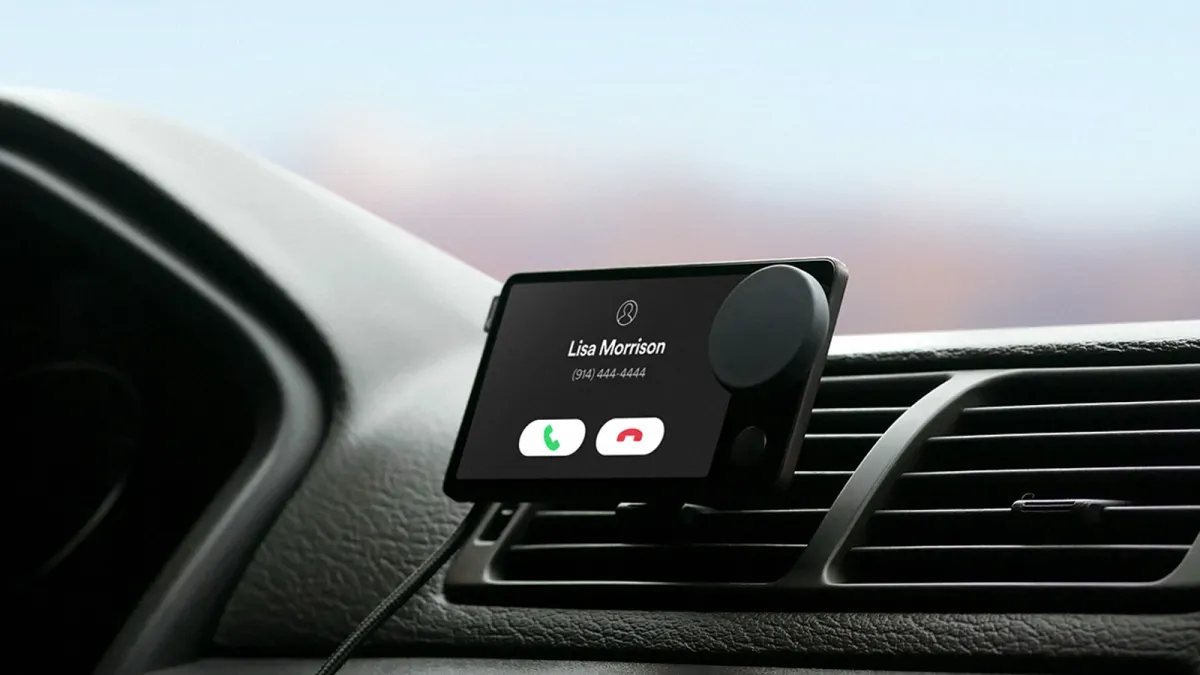
Reflections and Future Directions
The saga of Car Thing raises important questions about innovation, customer expectations, and the lifecycle of tech products. As we observe how Spotify navigates these waters, the broader implications for tech companies venturing into new territories are clear: understand your market deeply, listen to your users, and be prepared to pivot, not just in product design but also in how you handle a product’s sunset.

